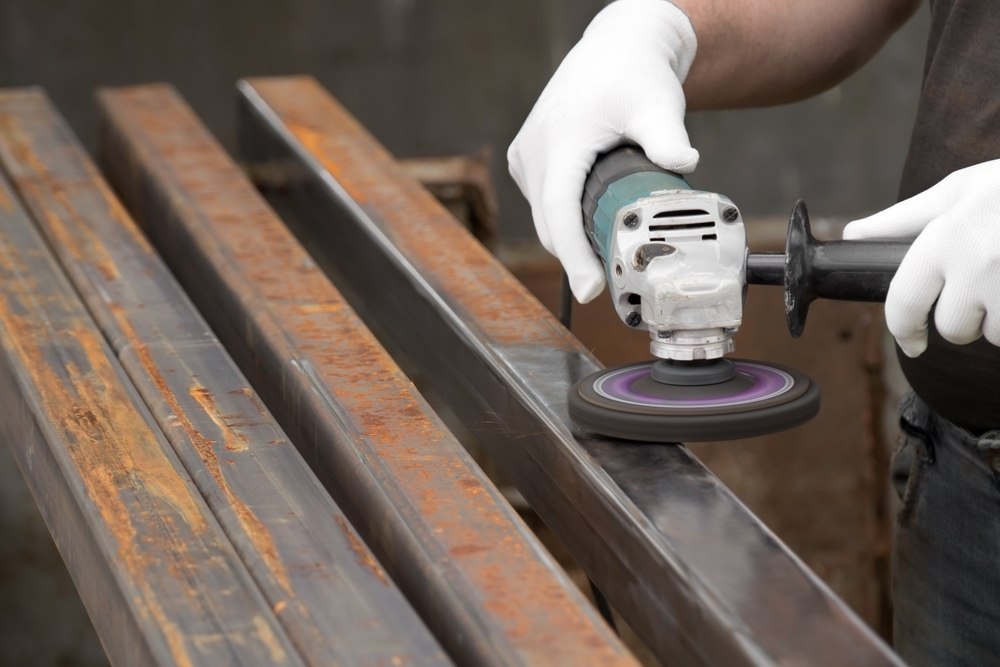Metal polishing is a transformative process that enhances the appearance and functionality of various metal surfaces. Understanding the techniques and benefits of metal polishing can be invaluable, whether for aesthetic purposes or to improve durability. In this guide, we’ll delve into the complexities of metal polishing, exploring its significance, techniques, finishes, and tips for optimal results.
Introduction to Metal Polishing
Metal polishing involves the removal of imperfections from metal surfaces to achieve a smooth, reflective finish. It plays a crucial role in automotive, jewelry making, aerospace, and more industries. Beyond just enhancing appearance, metal polishing also provides protection against corrosion and wear, prolonging the lifespan of metal components.
Benefits of Metal Polishing
Enhancing Aesthetics:
Metal polishing goes beyond surface beauty, creating a sleek and professional appearance that enhances the overall aesthetic appeal.
Protective Layer:
By smoothing out rough surfaces and sealing microscopic pores, metal polishing creates a protective barrier against environmental elements, preventing corrosion and rust.
Amplifying Light Reflection:
Polished metal surfaces have a higher reflectivity, effectively increasing the brightness and illumination in various applications.
Improved Functional Performance:
Smooth and polished surfaces experience less friction and wear, improving functional performance and longevity.
Promoting Enhanced Cleanliness:
Polished surfaces are easier to clean and maintain, making them ideal for hygiene applications, such as food processing equipment and medical devices.
Different Metal Polishing Techniques
Surface Preparation Before Polishing

- Hand Polishing Technique: This method involves manually applying polishing compounds and abrasives to achieve the desired finish.
- Machine Polishing Technique: Utilizing powered polishing equipment, this technique offers faster and more consistent results, suitable for large-scale projects.
- Chemical Polishing Technique: Chemical polishing involves immersing the metal object in a chemical solution that selectively dissolves surface imperfections, leaving behind a smooth finish.
Types of Metal Polishing Finishes

Mirror Finish:
Characterized by a highly reflective surface with minimal distortion, mirror finishes are commonly used in decorative applications.
Brushed Finish:
Achieved by brushing the metal surface with abrasive materials, brushed finishes create a distinctive textured appearance with parallel lines or patterns.
Satin Finish:
Satin finishes offer a subtle matte appearance with a soft sheen, ideal for applications requiring a refined and understated look.
Antique Finish:
By artificially ageing the metal surface, antique finishes create a weathered and vintage appearance, adding character and charm.
Tips for Achieving Optimal Results in Metal Polishing
Utilize Proper Polishing Tools:
Selecting the right tools and abrasives for the job is essential for achieving desired results without causing damage to the metal surface.
Apply Polishing Compounds with Precision:
Understanding the properties of polishing compounds and applying them correctly can significantly impact the polishing outcome.
Prioritize Safety Measures:
Metal polishing involves the use of abrasive materials and chemicals, so wearing appropriate safety gear and working in well-ventilated areas is crucial to prevent accidents and exposure to harmful substances.
Conclusion
In conclusion, metal polishing is a versatile and essential process that offers numerous benefits across various industries. From enhancing aesthetics to improving functionality and durability, the impact of metal polishing cannot be understated. By understanding the techniques, finishes, and best practices outlined in this guide, individuals and businesses can unlock the full potential of metal surfaces while ensuring optimal results and longevity.
Metal polishing techniques can be tailored to suit specific needs and preferences, whether it’s achieving a flawless mirror finish or creating a rustic antique appearance. With the right knowledge and tools at hand, anyone can master the art of metal polishing and unleash the brilliance of metal surfaces in their projects and applications.
Industrial Brushware Industries specializes in providing reliable industrial brushes solutions for a wide range of industries, including Automobiles, Construction, Metals, Heavy Engineering, Aviation, Food, and Pharmaceuticals.
Frequently Asked Questions (FAQs)
What metal surfaces can benefit from polishing?
Metal polishing can benefit a wide range of surfaces, including stainless steel, aluminum, brass, copper, and chrome. It’s commonly used in industries such as automotive, jewelry making, aerospace, and household appliances.
How often should metal surfaces be polished?
The frequency of metal polishing depends on factors such as usage, environmental conditions, and desired appearance. Generally, high-touch surfaces may require more frequent polishing to maintain their shine and cleanliness.
Are there any safety precautions to consider during metal polishing?
Yes, safety precautions are essential when engaging in metal polishing activities. This includes wearing protective gear such as gloves, goggles, and respirators to prevent injuries and exposure to hazardous chemicals and particles.
Can metal polishing techniques be applied at home?
Yes, many metal polishing techniques can be performed at home with the right tools and materials. However, it’s important to follow safety guidelines and instructions carefully to avoid accidents and damage to the metal surface.

